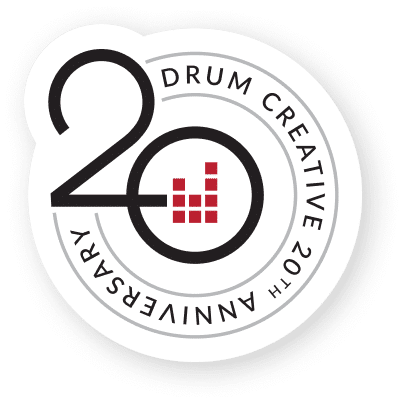Graphics are a key component of marketing, whether in your branding or your social media. In a world increasingly dependent on digital marketing, having the right visuals is vital for any brand to thrive in a competitive marketplace. With that in mind, hiring a professional graphic designer to create these digital graphics is also essential. Here’s why.
1. They execute your vision well
One important reason for hiring a professional graphic designer is that they can achieve your vision creatively while adhering to your overall branding needs. Professional graphic designers are good at balancing your vision with artistic design to strike a happy medium. As a result, an expert graphic designer can help you achieve brand power.
2. Don’t drain your resources
When in-house graphic design doesn’t work, it is better to outsource some of that work. For example, you might decide to invest time and money in trying to do digital design within your business, but it does not usually yield the desired results. So, instead, allocate those resources towards hiring someone with the right expertise for professional graphic design.
3. They understand trends and best practices
You might have an idea of what works for your graphics, but it may not be the best practice according to the rest of the industry. Or it might be too similar to other competitors and will not enable you to stand out. Professional graphic designers can leverage their expertise and experience to create something unique to you.
We understand how vital graphic design is for effective and successful marketing. Our team knows how to help brands cultivate a foundation of success while staying true to what makes a brand special. Let us know how we can help you with your graphic design needs.
